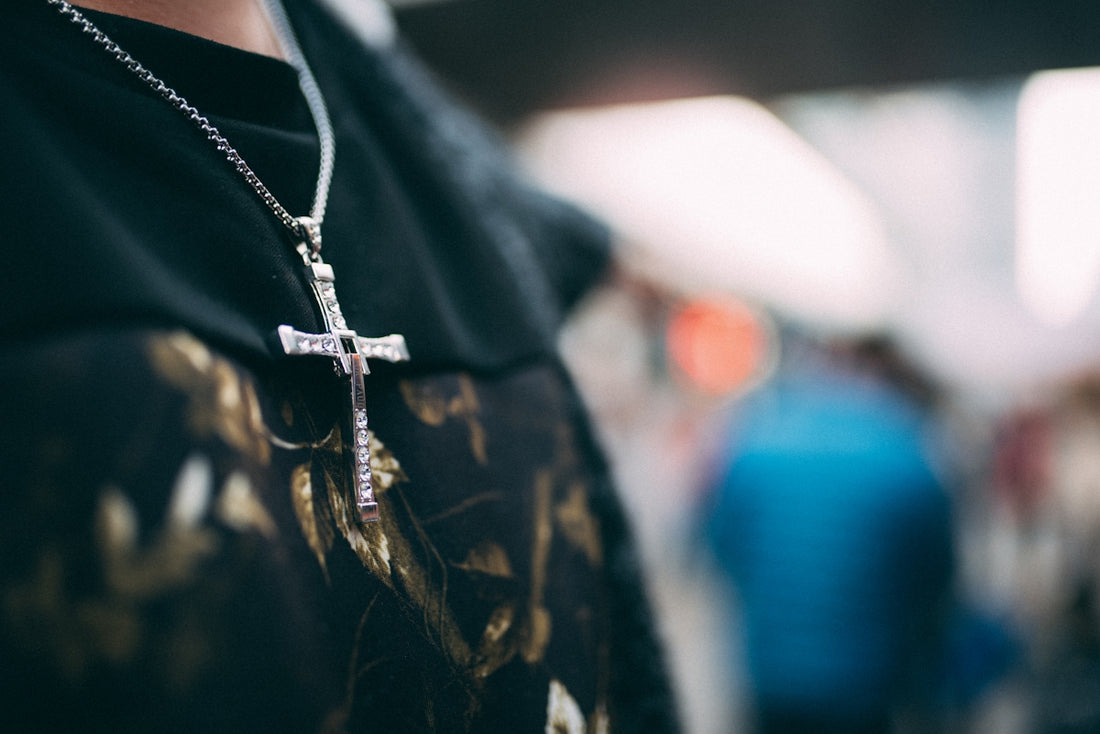The allure of silver jewellery often lies in its innate elegance and timeless appeal. However, as demand for silver accessories increases, it's crucial to consider the environmental footprint associated with their production. From mining to manufacturing, every step of the process can have significant ecological repercussions.
The Environmental Challenges of Silver Mining
Silver, like many other precious metals, is often extracted through processes that can lead to deforestation, water pollution, and the release of toxic substances into the environment. Mining operations can disrupt local ecosystems, affecting both the flora and fauna. Furthermore, silver mining is often synonymous with high energy consumption and greenhouse gas emissions, contributing to global climate change.
Manufacturing: A Closer Look
Once the raw silver is mined, the next step involves processing the metal. The manufacturing phase can also be resource-intensive, with the casting, polishing, and finishing requiring additional energy input. Chemicals used for cleaning and polishing can lead to waste that, if not properly managed, could harm the environment.
Ethical and Sustainable Alternatives
Fortunately, there are ways to mitigate the environmental impact of silver jewellery. Recycling silver is one effective method, reducing the need for new mining operations. Many jewellery producers are also turning to ethical sourcing, ensuring that their materials come from mines committed to reducing environmental damage and supporting local communities.
At Rachiva, we believe in promoting sustainable practices. Our selection of silver jewellery showcases not just beauty but a commitment to reduced environmental impact:
- Cherry Duo Zircon Silver Ring: A stunning piece made with a consciousness towards sustainability. Explore now.
- Celestial Divine Heart Silver Bracelet and Classic Silver Zircon Bracelet are crafted with care, reflecting both elegance and eco-conscious manufacturing practices.
- For those looking for a minimalistic touch with an eco-friendly twist, the Silver Arc Zircon Pendant with Link Chain is an ideal choice.
By choosing jewellery that emphasizes sustainability, consumers can play a part in advocating for change within the industry. This collective responsibility can help shift the market towards more environmentally friendly practices.
Conclusion
As the conversation around environmental impact grows, so does the need for transparency and responsibility in the jewellery industry. Gold and silver pieces can hold more than aesthetic value; they can represent a commitment to preserving our planet. When making your next silver jewellery purchase, consider not just the beauty of the item, but also its journey from earth to wrist. At Rachiva, we continue to support and explore ethical and environmentally friendly options for our valued customers.




